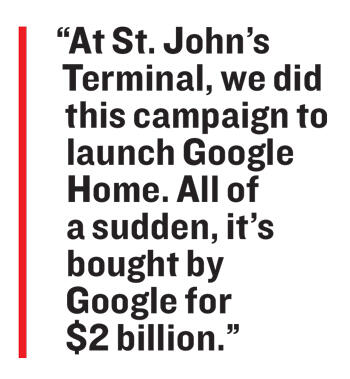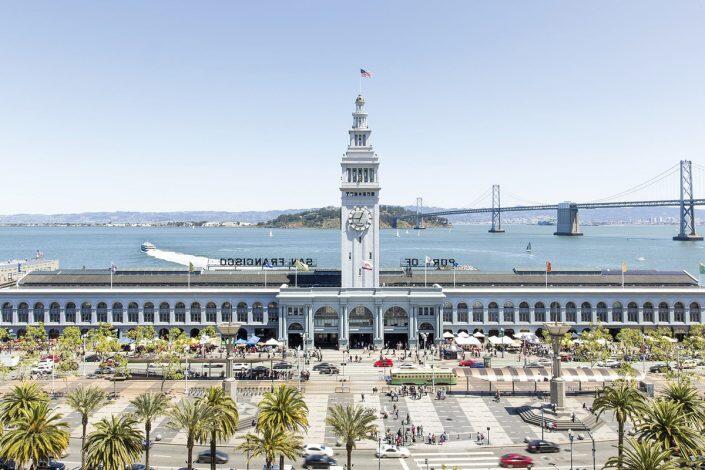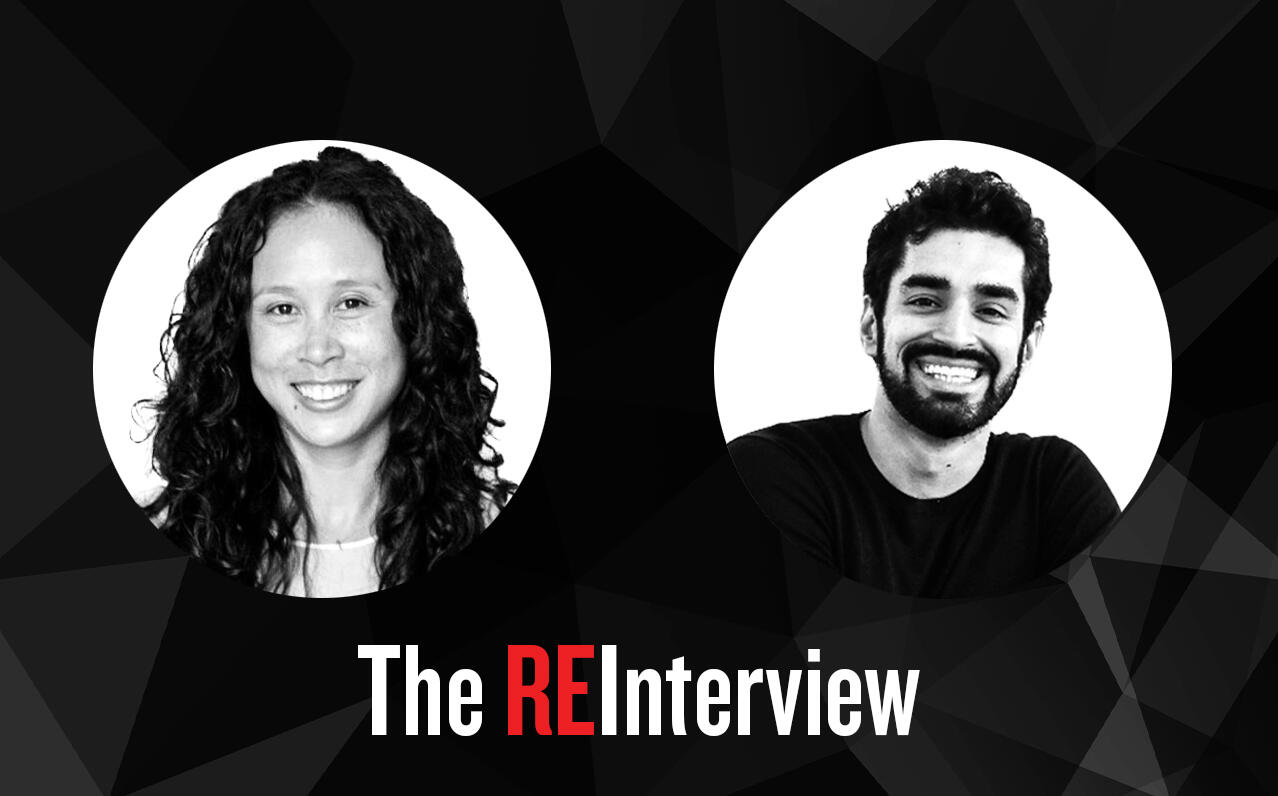Legendary real estate investor Harry Helmsley took special pride in finding what he termed the “romance” in a property: the parts of it that could be run more efficiently, thereby cutting expenses and boosting profits.
Stephanie Blake, too, searches for the romance. But her quest lies less in spotting leaky boilers and more in identifying the elements of a building that could stir the blood of some of the world’s most iconic brands.
Her firm, Skylight Studios, is some combination of historian, consensus-builder, urban anthropologist and glitzy, celebrity-studded event management firm. It works with some of the country’s biggest landlords and developers, including Vornado Realty Trust, Brookfield, L&L Holding and Atlas Capital Group, taking their unused or underused real estate and offering it up to brands and content studios for events, installations and immersive experiences.
Skylight’s projects include Moynihan Station and St. John’s Terminal, both of which hosted events for New York Fashion Week; 23 Wall Street, where Nike held an event for designer Virgil Abloh; and ROW DTLA, where the firm brought in Netflix to create a “Stranger Things” drive-into production.
Blake sat down with The Real Deal to discuss how uncovering a building’s history and personality can maximize its commercial appeal, the role that placemaking can play in revitalizing real estate and how cities can get creative with their built environments.
What is creative placemaking and how does it apply to real estate?
It comes out of making a place special, creating identity. We were founded during the recession to energize properties and identify revenue streams. If it’s vacant, waiting for lease-up, waiting for redevelopment, waiting for capital. It’s untraditional venue development — you take underutilized warehouses on the West Side of Manhattan before that was the hotspot and bring Ralph Lauren down there from Bryant Park to make a private studio for Steven Meisel to shoot his Louis Vuitton campaign.
 The second piece is: How do you energize and create the identity of a building, an asset, a district? A lot of our work is in content, film and photo, which is creating location-based spaces. We’re doing this with Steelworks off of Lake Ontario. It’s an 800-acre active steel manufacturing plant.
The second piece is: How do you energize and create the identity of a building, an asset, a district? A lot of our work is in content, film and photo, which is creating location-based spaces. We’re doing this with Steelworks off of Lake Ontario. It’s an 800-acre active steel manufacturing plant.
It’s one thing to create buzz around a property. But how do you translate that buzz into commercial viability?
Decision-makers are changing on the tenant side. It’s not just your conversation with the head of real estate — it’s the CMO, the chief creative officer, the actual employees helping make decisions around where they want to be. For us, it’s about introducing some of these assets to brands in an environment where they might not be thinking about that as just their traditional commercial lease. When we bring in Hulu and they do something at the Ferry Building [in San Francisco], that’s this big art installation specifically to launch “The Handmaid’s Tale,” all of a sudden it’s introduced to Hulu in a new way.
We did this at ROW DTLA, working with Netflix to bring the first Covid drive-into experience. All of a sudden Netflix is on campus and looking at ROW in a different way. At St. John’s Terminal, we did this campaign to launch Google Home. What’s happening next? All of a sudden it’s bought by Google for $2 billion. So there’s a lot of transactions that happen, five years, three years out, and introduce these properties to these larger brands. There’s lots of ways to think about the model.
What role does Skylight play in getting all the parties to the table? Are you an evangelist, a historian, a liaison with the city?
The real estate side is very hesitant to do these one-offs. There’s a ton of liability that can be involved in terms of bringing these types of shows without the right framework. And from the brand side, they’ve trusted our vision for a decade now. So what they understand is they’re not walking into a minefield. If you walked into Moynihan Station before the Penn District redevelopment, it had sat for 10 years. There’s no power, there’s cobwebs, there’s birds flying through. A lot of brands work with us for their biggest events. They’re spending millions of dollars on 20 minutes on a runway show. We have 45-page manuals of “here’s all the ways that we’re going to assist you to make sure this is seamless and flawless.” A landlord doesn’t have the capacity to do that.
I’d imagine there’s a lot of rhetorical and political maneuvering involved.
We’re a translator. The city and a lot of the economic engines understand that we’re going to drive economic development. They trust in the way that we’re able to develop a venue. Be it the Battery Park City Authority, be it NYCEDC, we identify the intersection point between their mission and the landlord’s, and also the other businesses in a district. And then the brand layered on top. Fashion Week, for example: Bringing it to Midtown to a languishing government project, there’s no doubt that shaping it the right way can get the right interest, can spur development.
I think of Vornado and Steve Roth, who was so frustrated with the pace of change at the Farley Post Office. When you go in there, he said, “spit on the floor.” Now we’re looking at a totally different landscape with Penn District, with Facebook. The next step, I’d imagine, is weighing in on bigger questions, functioning almost like a development executive.
We’re able to inform how and where infrastructure should be, how you think about common space, how a tenant interacts with the building. Our role is to consult with the landlord on their goals, based on the tenant mix that they’re seeking or the sort of industries they’re looking to fulfill.
For public companies, it might be tricky to justify the activities Skylight engages in as a line item on their balance sheet.
Landlords know they have to play a larger role in tenant success, be it office and productivity or just retail and sales. It is more accepted to understand that there’s an investment to encourage that. I was a history major. I appreciate all of that stuff, but I think it’s about how do you make it practical and how it’s going to result in a higher price per square foot. It’s almost like having a starchitect — there’s a value to having something that’s press-worthy and has an energizing quality for an asset.

The San Francisco Ferry Building
Many big tech companies are looking to be their own landlords, spending billions acquiring their real estate. What role do you play in such buildings?
It functions somewhat the same. The education process is a bit different because their end client is themselves. There’s more of an organic relationship between all the floors. When it comes to the [conventional] landlord, there’s a little bit more of a disconnect in terms of how to monetize and how to make sense of the ground floor relative to the upper floors.
How do you deal with the backlash to brand-bankrolled community spaces?
That is something we’re conscious of in terms of trying to create something that’s sustainable for the community, by the community.
Often, there are a lot of existing entities that the community has already bought into, and you can find a home for them and can also drive value to your assets. So think about the value the farmer’s market brought to the Ferry Building – we’ve been really good at identifying community organizations that are already accepted.
Do commercial brokers such as JLL and CBRE factor into what you do?
The conversation with them is more, “so what are the challenges with marketing World Financial Center [Brookfield Place]? Who are you bringing to the table? Who’s the audience you’re not bringing to the table?” We think about how we can leverage, for example, Heidi Klum and “Project Runway,” we can write some of these things into the script and create these moments where all of a sudden there’s more of a public-facing [element to the building].
So how can Skylight drive traffic, get that audience, and also help with the strategy, which is not just sending the floor plans and the renderings across. What’s that energy, what’s the identity that you’re building for this asset or for this neighborhood?
How do you bring your model to the rescue in Central Business Districts, which are facing an existential crisis in the remote-work age?
I think the idea of adaptive reuse is really interesting. It hasn’t been applied to the office space, but there are ways to think about creative uses for that. With the Chicago Board of Trade Building right down there in the Central Business District, we came into a number of the trading floors that had been in disuse.
We still are humans. We need to be in the physical environment. So I think [the evolution] will be driven by entertainment and culture and culinary. And there’s always going to be value to transportation hubs, to those central areas where people are coming into a city.
You had a chance to work on 23 Wall Street, which is one of the great mysteries of New York real estate.
There’s not a lot I can say, but what I can say is all of the things you’ve spoken about in terms of how it was built, the function it played in our history, are very valuable to different brands. The main activation we did there was with Nike and Virgil Abloh on creating and having conversations around the future of fashion, creating workshops for students to come down and design their own sneakers, having panels down there, there were installations of the art world meets the street scene.
There are a lot of challenges around that building — its location but also the different pieces of ownership. But there’s an interest from these brands in historic and interesting buildings. There’s an opportunity to celebrate the history and the ghosts and the magic of how it was created and bring it into a 21st century identity. And I think there’s potential there, but there are a lot of challenges.

This interview has been condensed and edited for clarity.
Write to Hiten Samtani at hs@therealdeal.com. To check out more of The REInterview, a series of his in-depth conversations with real estate leaders and newsmakers, click here.
